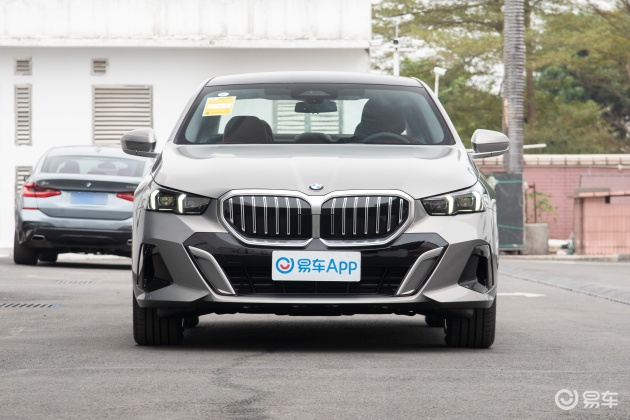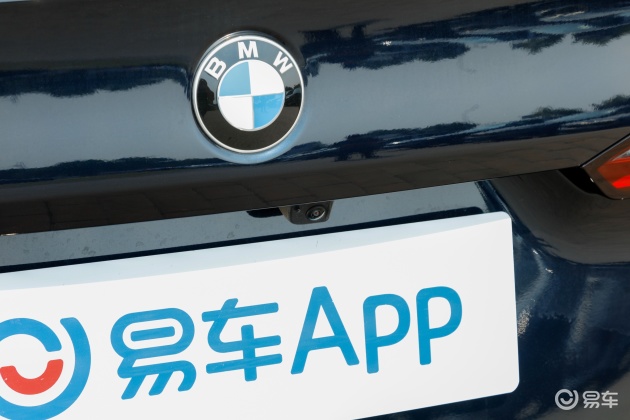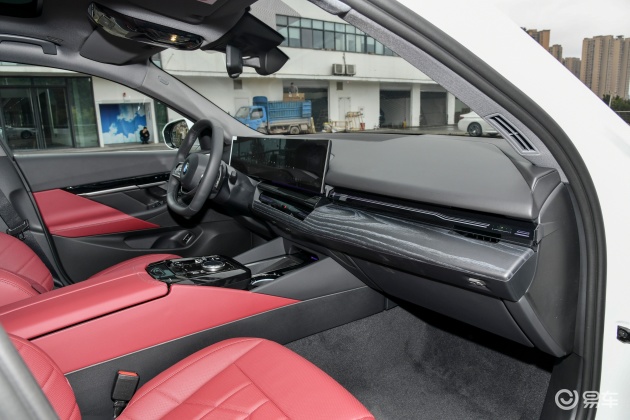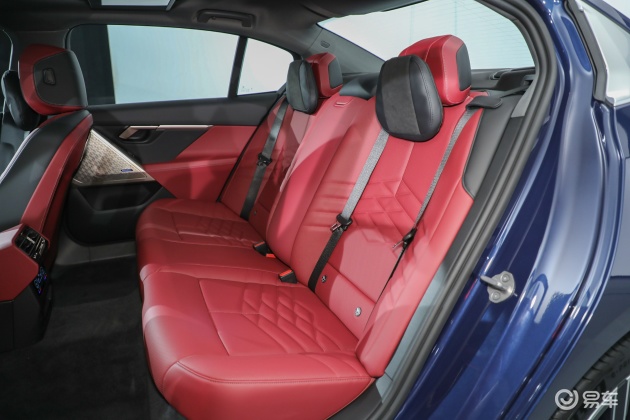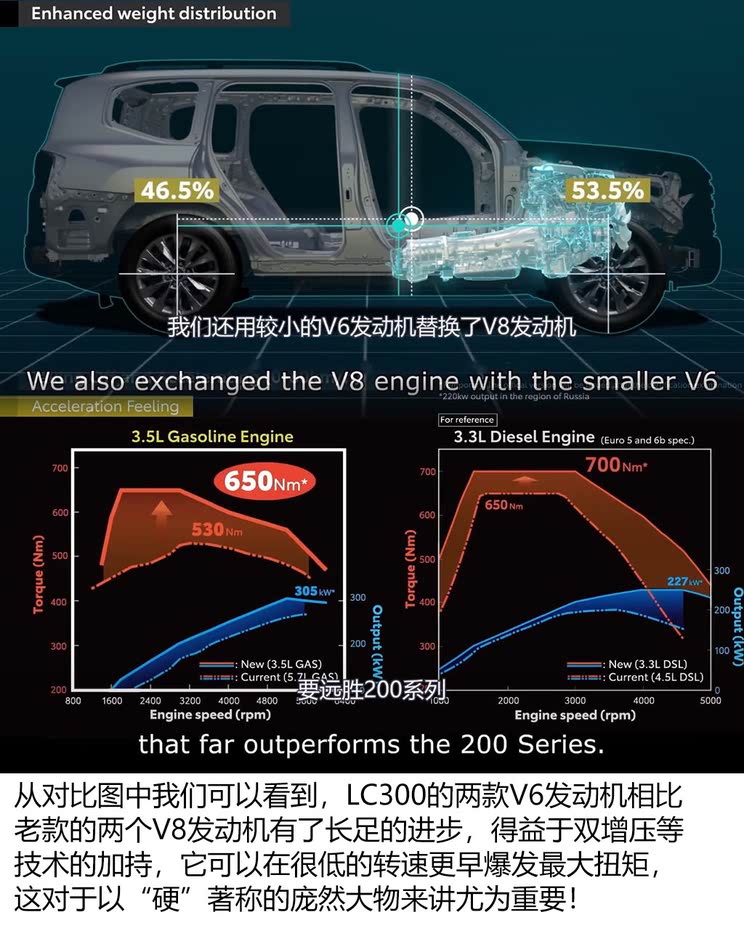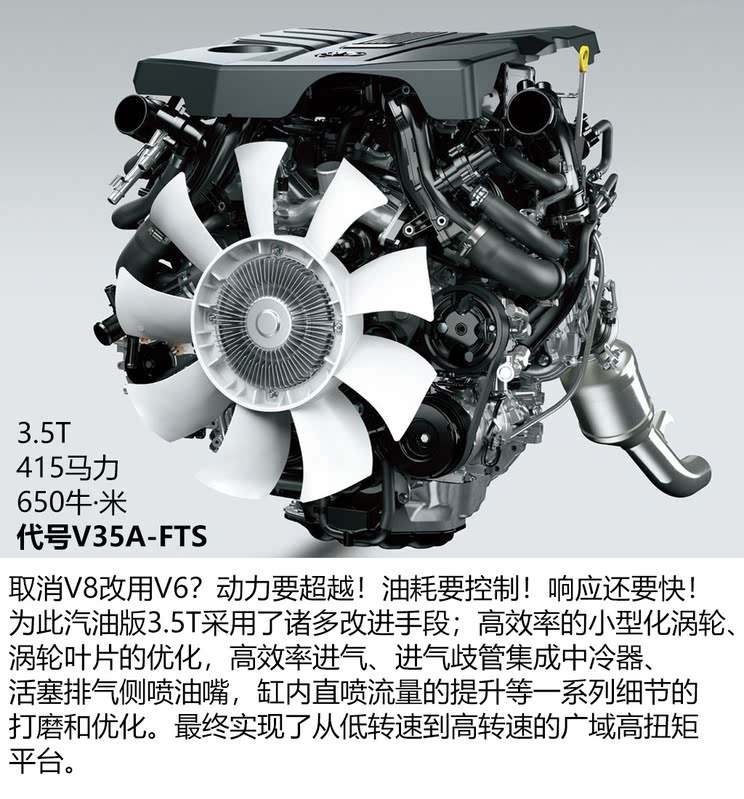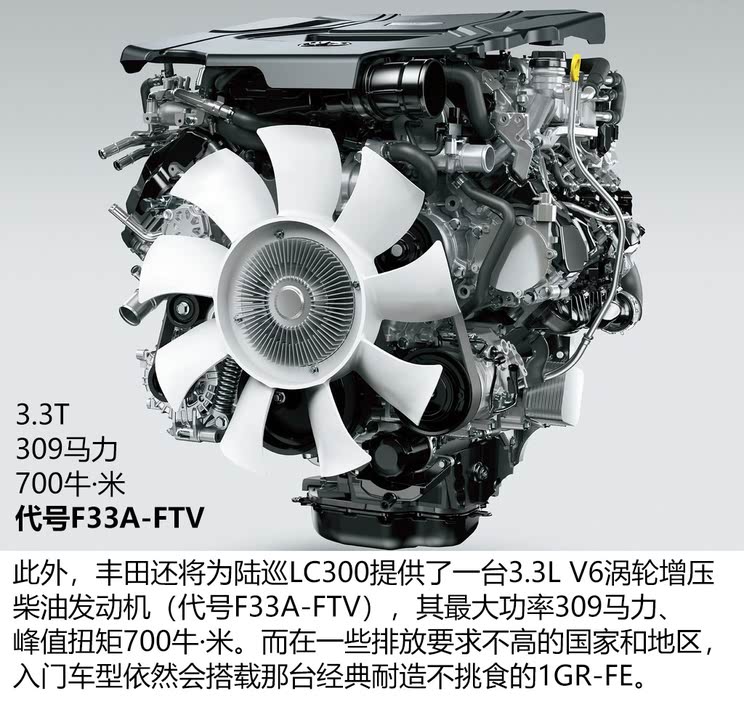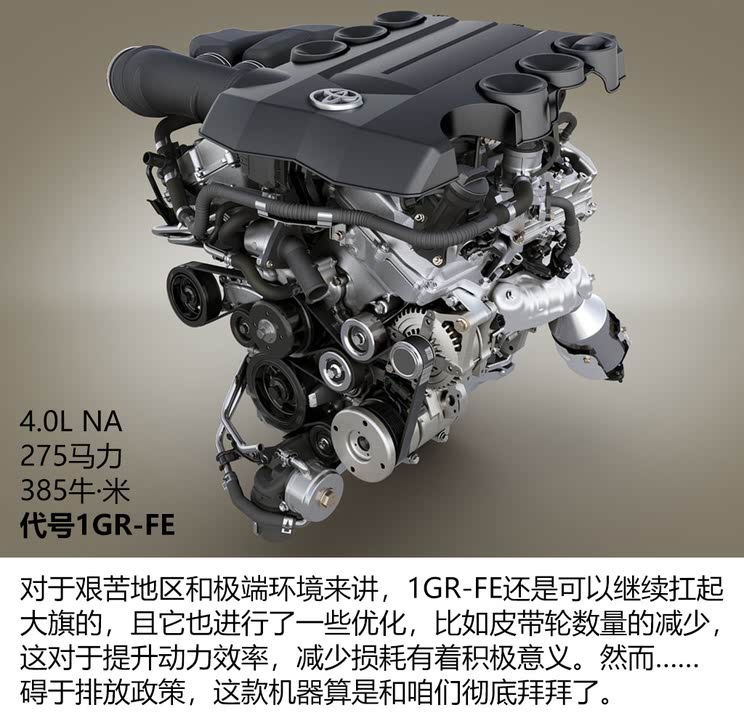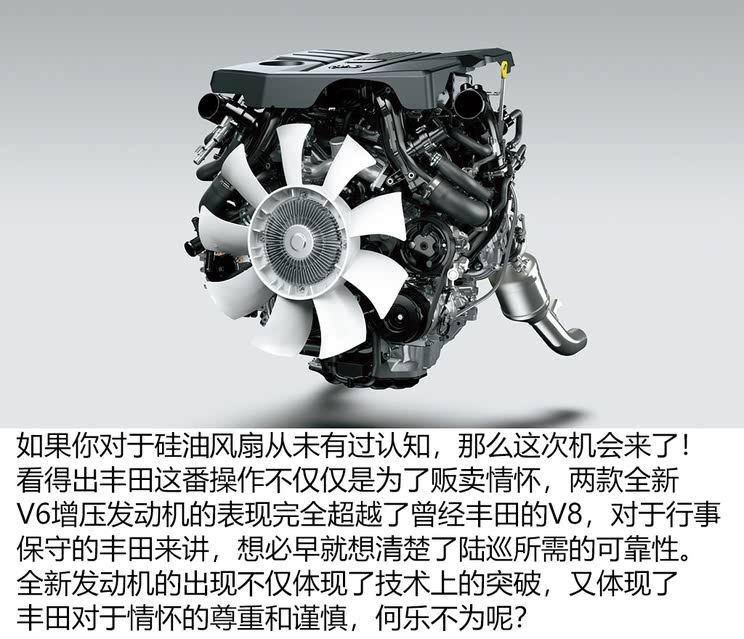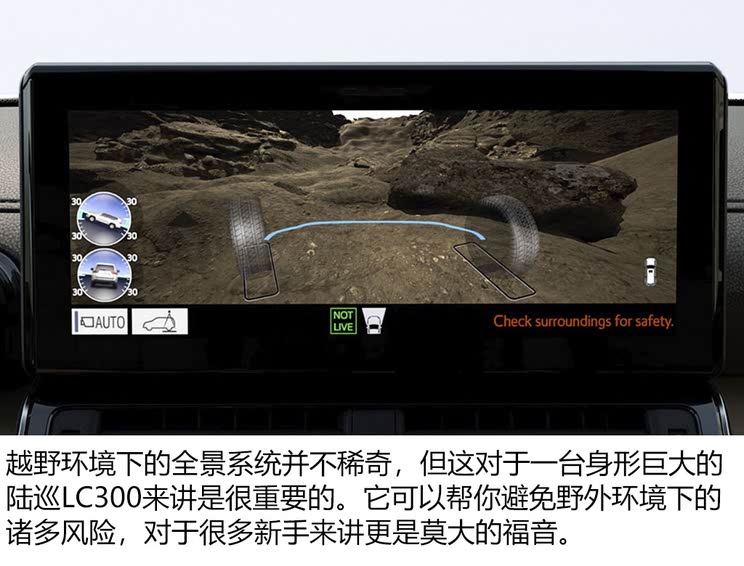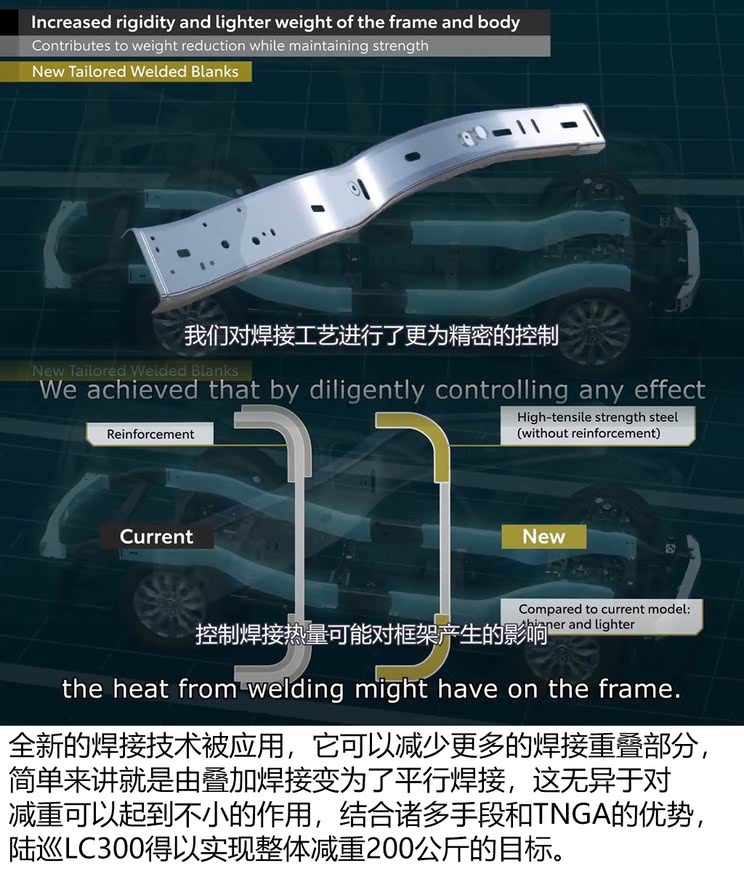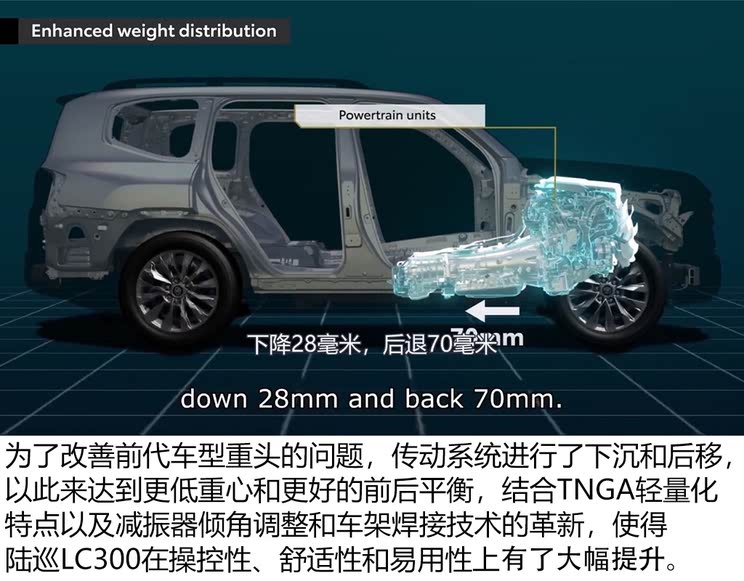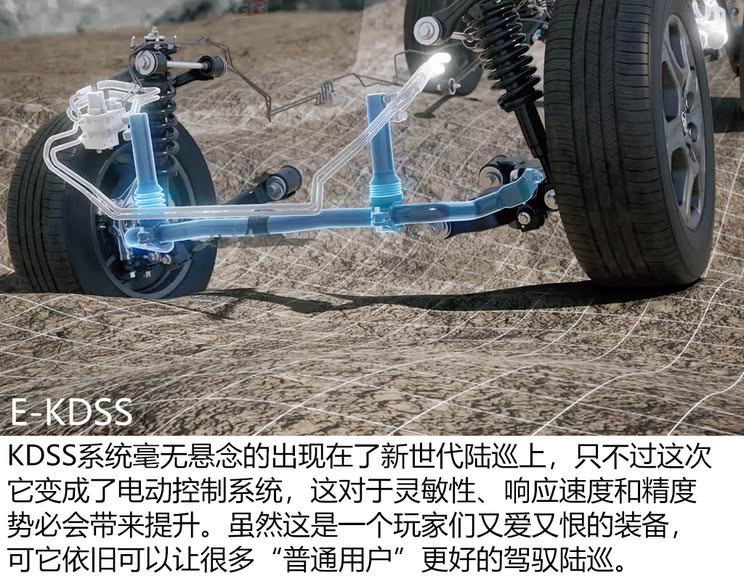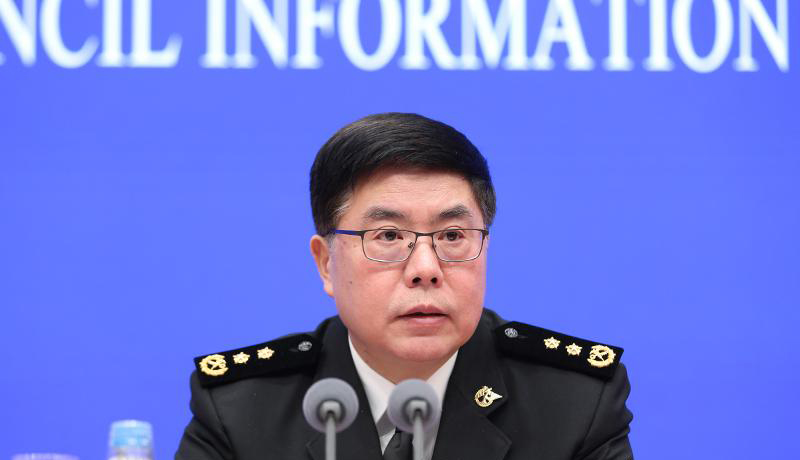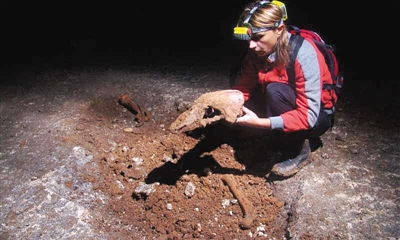Order of Hangzhou Municipal People’s Government
No.138
The "Interim Measures" of Hangzhou residential property management has been deliberated and adopted by the executive meeting of the Municipal People’s Government, and is hereby promulgated and shall come into force as of the date of promulgation.
Acting Mayor Chou Baoxing
June 30, 1999
Chapter I General Principles
the first In order to regulate the behavior of residential property management, clarify the rights and obligations of owners, users and property management companies, ensure the rational use of property, create and maintain a good living environment and public order, these measures are formulated in accordance with the provisions of relevant laws and regulations and combined with the actual city.
the second These Measures shall apply to the property management of residential areas within the urban area of Hangzhou.
Article The term "residential area" as mentioned in these Measures refers to a residential area with a certain scale and relatively complete infrastructure.
The term "residential property" as mentioned in these Measures refers to residential and non-residential houses and supporting public facilities, equipment and venues in residential areas. The scope of residential areas subject to property management shall be designated by the administrative department of property management of Hangzhou Municipal People’s Government.
The term "property management" as mentioned in these Measures refers to the activities that the owners form the owners’ committee to entrust the property management company with the management of the common parts and common affairs of their property.
The term "owner" as mentioned in these Measures refers to the owner of the property.
The term "user" as mentioned in these Measures refers to the lessee of the property and other people who actually use the property.
The term "property management company" as mentioned in these Measures refers to an enterprise legal person established in accordance with the law to engage in property management services.
According to the provisions of these measures, users of public houses shall enjoy the rights of owners and assume corresponding obligations.
Article 4 Property management implements the principle of combining the owner’s self-management with the professional management entrusted by the property management company.
Article 5 Hangzhou real estate administrative department (hereinafter referred to as the municipal property administrative department) is in charge of the property management of residential areas in this Municipality.
District real estate administrative departments (hereinafter referred to as district property management departments) shall supervise and manage the property management within their respective jurisdictions in accordance with these Measures.
The relevant functional departments at all levels shall, in accordance with their respective responsibilities, cooperate with the competent department of property management in residential areas.
Article 6 The people’s governments of all districts shall strengthen the coordination in the implementation of property management in residential areas within their respective jurisdictions.
Street offices (Town People’s Government) are responsible for coordinating the relationship between property management and community management and community service.
Article 7 Residential areas that implement property management shall set up owners’ committees in accordance with the provisions of these measures. On behalf of the legitimate rights and interests of all owners and users of residential areas, the owners’ committee entrusts the property management company to implement property management, and exercises its functions and powers in accordance with these Measures, the owners’ convention, the articles of association of the owners’ committee and the property management service contract.
Article 8 Property management companies shall, in accordance with the provisions of these Measures, accept the entrustment of the owners’ committee and conduct unified management of residential property in accordance with the property management service contract.
Chapter II Owners’ Congress and Owners’ Committee
Article 9 If the occupancy rate of residential areas reaches more than 50% or the residential buildings have been completed and delivered for two years, the district property management department shall organize the first owners’ meeting or owners’ congress to elect the owners’ committee.
Article 10 The owners’ meeting is composed of all the owners of this residential area; If the number of owners is large, the owners’ representatives shall be elected in proportion to form the owners’ congress. The owners’ meeting can only be held if the owners holding more than half of the voting rights are present. The owner may entrust an agent to attend the owners’ meeting in writing.
Article 11 Owners’ congress and owners’ congress shall be held at least once a year; Upon the proposal of more than 20% of the owners or owners’ representatives, the owners’ committee shall convene the owners’ congress or owners’ congress in time.
The owners’ congress or the owners’ congress shall invite representatives of the residents’ committee to attend as nonvoting delegates.
Article 12 The resolution of the owners’ congress or owners’ congress must be passed by the owners or owners’ representatives present at the meeting, and more than half of them are in favor.
One set of one vote for residential houses; One vote for every 150 square meters of construction area for non-residential houses, and one vote for each house ownership certificate for those below 150 square meters.
Article 13 The owners’ congress or the owners’ congress shall exercise the following functions and powers:
(a) to elect and recall members of the owners’ committee;
(two) according to the proposal of the owners’ committee, decide to hire or dismiss the property management company;
(three) to supervise the work of the owners’ committee;
(four) to review or amend the articles of association of the owners’ committee and the owners’ convention;
(five) to consider and pass the residential property management plan;
(six) to change or cancel the inappropriate decision of the owners’ committee;
(seven) to decide on other major issues related to the owners’ rights and interests.
Article 14 The owners’ committee is an organization that represents all owners in the property management area to implement autonomous management of the property.
Article 15 Members of the owners’ committee shall be elected by the owners’ congress or the owners’ congress among the owners, and the number of members of the owners’ committee shall not be less than five. The chairman and deputy directors of the owners’ committee shall be elected by the owners’ committee among the members of the owners’ committee.
Members of the owners’ committee are elected for a term of three years and may be re-elected.
Members of the owners’ committee shall be law-abiding, enthusiastic about public welfare undertakings, impartial and responsible.
The list of members of the owners’ committee and the articles of association shall be reported to the district property management department for registration.
According to the needs of the work, the owners’ committee may employ personnel from police stations, residents’ committees and other relevant units as consultants of the owners’ committee.
Article 16 The owners’ committee shall be responsible for the owners’ meeting, safeguard the legitimate rights and interests of all owners and perform the following duties:
(1) Organizing the convening of the owners’ congress or owners’ congress;
(2) Propose the hiring or dismissal of the property management company, and sign, modify or terminate the entrusted service contract with the property management company according to the resolution of the owners’ congress or the owners’ congress;
(three) to supervise and inspect the use of property management funds, and examine and approve the annual plan, financial budget and final accounts of property management services proposed by the property management company;
(four) to implement and urge the owners and users to abide by the provisions of property management and other relevant laws and policies, and to assist the property management company in implementing various management work;
(five) to accept the complaints of the owners to the property management company, and regularly listen to and consider the opinions and suggestions of the owners and users;
(six) to supervise the rational use of public buildings and public facilities and equipment;
(seven) accept the supervision and guidance of the property management department, and implement the instructions and requirements put forward by the government departments on property management matters;
(eight) other duties entrusted by the owners’ congress or the owners’ congress.
The meeting of the owners’ committee shall be convened by the director, and the meeting must be attended by more than half of the members, and the decision made shall be agreed by more than half of the members.
The decision made by the owners’ committee shall be published.
Article 17 The decisions made by the owners’ congress, the owners’ congress and the owners’ committee and the owners’ convention are binding on all owners and users in the residential area.
Article 18 Decisions made by the owners’ congress, the owners’ congress or the owners’ committee shall not contravene the laws and regulations of the state.
In violation of the provisions of the preceding paragraph, the district property management department has the right to order it to correct or cancel.
Chapter III Property Management Companies
Article 19 Property management companies must have the corresponding qualifications, be equipped with the corresponding professional and technical personnel and management personnel, and hold the property management qualification certificate issued by the municipal property management department before engaging in the property management business in residential areas.
Property management personnel shall, after passing the unified training and examination by the municipal property administrative department, work with certificates.
Article 20 Property management companies implement property management in residential areas according to the residential property management service contract.
The property management service contract shall include the following contents: management service items, management standards, management authority, management term, management fee income and expenditure, profits and risks, supervision and inspection, liability for breach of contract and other rights and obligations.
The property management service contract shall be reported to the district property management department for the record.
Article 21 Property management companies provide management services on the following matters:
(a) the use, management and maintenance of the common parts and shared facilities and equipment of the house;
(two) residential cleaning services;
(three) the maintenance and management of public green space, flowers and trees;
(4) Management of parking lots;
(five) the maintenance of public order and security in residential areas;
(six) the daily supervision and management of residential decoration;
(seven) the accounting management of property maintenance and renewal costs and the custody of property archives;
(eight) other services agreed by the owners’ committee and the property management company.
A property management company that accepts the entrustment of relevant professional institutions to conduct property management shall sign an entrustment contract.
Article 22 Rights of property management companies:
(a) according to the relevant laws and regulations, combined with the actual situation, formulate the residential property management plan;
(two) the implementation of management of residential areas in accordance with the property management service contract;
(three) according to the property management service contract and the relevant provisions of the management fee;
(four) to stop the violation of residential property management regulations;
(five) to carry out diversified operations and paid services according to law.
Article 23 Obligations of the property management company:
(a) in accordance with the relevant provisions of the technical standards and norms and the annual plan of property management services approved by the owners’ committee, the implementation of management services;
(two) report to the owners’ committee every six months, and submit the income and expenditure accounts of property maintenance and renewal expenses, and accept the supervision of the owners and the owners’ committee;
(three) accept the supervision and guidance of the property management department, other relevant administrative departments and neighborhood offices (town people’s government);
(four) to assist the relevant departments and residents’ committees to provide community life services and carry out community cultural activities.
Article 24 The property management company shall keep the common parts and shared facilities and equipment of the house in good condition, clean and beautiful environment, good public order, and ensure the convenience and safety of the property, and implement it in accordance with the following requirements:
(a) before the owners and users move into the house, inform the owners and users in writing of the common parts of the house, the methods, requirements and precautions for the use and maintenance of common facilities and equipment, and the provisions of relevant laws and regulations;
(two) to conduct a comprehensive patrol and inspection of the property management area, and to repair and maintain the common parts and facilities of the house on a regular basis;
(three) when receiving the property damage repair report, the maintenance and treatment shall be carried out within the time limit as stipulated in the property management service contract;
(four) regularly listen to the opinions and suggestions of the owners’ committee, owners and users, and improve the service;
(five) found in violation of these measures, the owners’ convention, should immediately dissuade, stop, or report to the owners’ committee and the relevant administrative departments;
(six) in accordance with the requirements of the property management service contract, do other services entrusted by the owners’ committee, owners and users.
Article 25 If the property management company fails to meet the standards stipulated in the property management service contract or violates the provisions of the property management service contract, the owners’ committee may terminate the contract.
Article 26 Within fifteen days after the termination or rescission of the property management service contract, the property management company shall handle the following matters with the owners’ committee and report to the district property management department for the record:
(a) the property management service fees received in advance and the balance of maintenance fees are settled according to the facts;
(two) the transfer of all property files and related financial books, and the owners’ committee entrusted audit institutions to audit the financial situation;
(three) the transfer of the owner’s office and business premises, venues and other property.
Article 27 Property management companies shall enjoy the relevant preferential policies of the state.
Chapter IV Use and Maintenance of Property
Article 28 Owners and users shall abide by the relevant provisions of laws and regulations and the resolutions of the owners’ committee, and correctly handle the adjacent relations in terms of water supply, drainage, ventilation, traffic, lighting, maintenance, fire protection, environmental sanitation and environmental protection in accordance with the principles conducive to the use, safety and fairness of the property.
Article 29 Owners and users of houses shall not have the following acts:
(a) damage the load-bearing structure of the house, damage the appearance of the house, and change the use of the house without authorization;
(two) illegal chisel, demolition, occupation, etc. of the internal and external bearing walls, beams, columns, floors, balconies, rooftops, etc. of the house;
(three) all kinds of security doors, windows, grids, etc. are installed beyond the facade of the external wall or occupy public parts;
(four) other activities that endanger public interests and infringe upon the legitimate rights and interests of others.
The consequences caused by the owners and users not using the house according to the instructions for use of the house shall be borne by them.
Article 30 The following acts are prohibited in the property management area:
(a) trample and occupy green space;
(2) Damaging trees and gardens;
(3) occupying common venues such as passages;
(four) littering, debris;
(five) the occurrence of noise exceeding the prescribed standards;
(six) the discharge of toxic and harmful substances that pollute the environment;
(seven) posting, scribbling and portraying on buildings and structures;
(eight) other acts prohibited by laws, regulations and rules and the owners’ convention.
Article 31 No unit or individual may occupy public buildings and shared facilities and equipment within the property management area.
Temporary occupation and excavation of roads and sites in residential areas due to maintenance or public interests must be reported to the relevant departments for approval and restored to the original state in time.
Article 32 The management system of vehicle driving and parking in residential areas shall be jointly formulated by the owners’ committee and the property management company. The charging standard of parking lot shall be implemented according to the provisions of the price management department, and the proceeds shall be used for the property management of residential areas.
Article 33 The use of property to set up advertising and other business facilities shall be subject to the approval of the relevant owners, users and owners’ committees before going through the examination and approval procedures. The proceeds from the establishment shall be used for property management in residential areas.
Article 34 The cost of property maintenance and renewal shall be borne in accordance with the following provisions:
(a) the cost of maintenance and renewal of the occupied parts and equipment of the house shall be borne by the owner;
(two) the cost of maintenance and renewal of the common parts and equipment of the house shall be shared by the owners of the whole house according to the proportion of their own residential construction area; Property maintenance funds established in accordance with these measures shall be charged to the property maintenance fund;
(three) the cost of maintenance and renewal of public facilities shall be shared by all owners in the property management area according to the proportion of their own residential construction area; Property maintenance funds established in accordance with these measures shall be charged to the property maintenance fund.
If the shared parts, shared equipment and public facilities of the house are artificially damaged, the maintenance and renewal costs shall be borne by the responsible person.
When the property is seriously damaged, which affects the safety of the owners and users, the district property management department shall urge the maintenance within a time limit.
When the property maintenance fund is insufficient, the owners shall pay the property maintenance fund in accordance with the decision of the owners’ committee and the proportion of the residential construction area owned by them.
Article 35 Municipal public facilities, environmental sanitation facilities, parking lots and other public facilities in residential areas shall be managed, repaired and maintained by property management companies entrusted by professional management institutions. Management, repair and maintenance costs are paid by professional management institutions according to regulations.
Article 36 When the common parts of the house and public facilities and equipment are maintained, the adjacent owners and users shall cooperate. If the adjacent owners and users refuse to cooperate with the maintenance, causing property losses to other owners and users, the responsible person shall be responsible for compensation.
Because of property maintenance, decoration caused by adjacent owners, users of property losses or affect the use of housing, by the responsible person to repair or compensation.
Chapter V Property Management Funds, Maintenance Funds and Houses
Article 37 Owners and users shall abide by the owners’ convention and pay property management, maintenance and other expenses according to the agreement of the property management service contract and the decision of the owners’ committee.
The unsold vacant property of the construction unit shall share the cost of property management and maintenance, and the sharing ratio shall not be less than 70% of the charging standard.
Article 38 The principle of fairness and rationality should be followed in determining the charging standard of property management services, and the quality of property management services should be adapted to the service charges.
Property management service charges shall be subject to government pricing, government guidance pricing and operator pricing according to the nature, content and characteristics of the services provided.
Public service charges in ordinary residential quarters are subject to government pricing; The service charges of senior apartments, villas and other residential quarters are subject to government-guided prices; Unless otherwise stipulated by the price management department, the special service fee shall be fixed by the operator.
Article 39 If the property management company has accepted the entrusted management and charged the property management service fee, no other department may charge the fee of the same nature and content for any reason.
Article 40 Property management service fees can be collected in advance by agreement, but the period of collection in advance shall not exceed three months.
Article 41 The items and standards charged by the property management company shall be announced to the owners.
The property management company provides services on its own without the agreement of the property management service contract. Without the approval of the owners’ committee or the owners, the owners or users may not pay the fees.
Article 42 New residential buildings must set up property sharing parts, shared facilities and equipment maintenance funds (hereinafter referred to as property maintenance funds).
The property maintenance fund is extracted by the development and construction unit according to 5% to 8% of the total cost of housing construction and installation, and its ownership belongs to all owners.
The property maintenance fund shall be managed by the municipal property maintenance fund management center in residential areas (buildings) as a unit, subject to the supervision of the financial and auditing departments, and ensure the preservation and appreciation.
The management fee of the property maintenance fund management center shall be approved by the municipal finance department according to reasonable needs, extracted from the value-added income of the property maintenance fund and included in the management of extra-budgetary funds.
Property maintenance fund and its value-added part should be earmarked for the maintenance and renewal of shared parts of property and shared facilities and equipment after the expiration of the warranty period, and it is strictly prohibited to use them for other purposes.
The use of the property maintenance fund shall be put forward by the property management company, approved by the owners’ committee and reported to the district property management department for review, and appropriated by the municipal property management department.
City property departments and property management companies should publish the use of property maintenance funds once a year, and accept the supervision of owners and owners’ committees.
Article 43 Before the implementation of these measures, the residential areas that have been built for the implementation of property management, and the maintenance costs of their shared parts and shared facilities and equipment shall be charged in the following ways:
(a) when the public housing is sold, the housing common parts and shared facilities and equipment maintenance fund extracted from the house sale price;
(two) the rent of public housing;
(three) private houses that have not paid the property maintenance fund shall be borne by the owners according to the proportion of the residential construction area they own.
Article 44 The development and construction unit shall incorporate the property management house and the public building supporting house into the supporting project plan of the residential area, and design and construct simultaneously with the new residential building.
Article 45 Development and construction units in residential housing delivery, should be free of charge to provide three thousandths of the total construction area of residential housing property management office space and public activities space, free of charge to provide four thousandths of the total construction area of residential housing services for the residential area.
Property management office space, public activity space and commercial space, which have been included in the development cost, are all received by the municipal property department and handed over to the owners’ committee for use and operation by the property management company.
Article 46 Property management office buildings, public activity buildings and commercial buildings belong to all owners of the residential area, and their ownership shall not be divided, transferred or mortgaged.
The property management company is responsible for the operation of commercial buildings received by the owners’ committee, and the proceeds are used for property management in residential areas.
The term for the property management company to use the property management house shall not exceed the employment term of the property management company.
Chapter VI Early Property Management
Article 47 The term "pre-property management" as mentioned in these Measures refers to the property management before the establishment of the owners’ committee.
Article 48 Three months before the new residential building is delivered for use, the development and construction unit shall hire a property management company to conduct preliminary management, sign a preliminary property management service contract with it, and report it to the district property management department for the record.
After the election of the owners’ committee, the owners’ committee decides to renew or change the employment of the property management company, and signs a property management service contract, and the previous property management service contract is terminated at the same time.
Article 49 The property maintenance fund shall not be used during the prophase property management. The maintenance of shared parts and shared facilities and equipment during this period shall be borne by the development and construction unit.
Article 50 The residential area development and construction unit shall, within fifteen days after the completion and acceptance of the residential area, hand over the following technical materials for project construction to the local property management department:
(a) the general plan of the residential area;
(two) the single building, structure and equipment diagram of the residential area;
(3) Underground pipe network diagram of residential area;
(4) Technical data on the use and maintenance of relevant facilities and equipment;
(five) comprehensive acceptance data of residential areas.
After the establishment of the residential owners’ committee, the local property management department shall hand over the above information to the owners’ committee, which will provide it to the property management company for preservation and use.
Article 51 When a new house is delivered for use, the development and construction unit must provide the Residential Project Warranty Card and the Residential Instruction Manual according to the relevant provisions of the state and this Municipality, and bear the warranty responsibility according to the provisions of the Residential Project Warranty Card.
Article 52 The cost of pre-property management services before delivery shall be borne by the development and construction unit; The prophase property management service fees incurred after delivery shall be borne by the development and construction unit and the buyer in accordance with the stipulations of the residential sales contract.
Article 53 When a new house is delivered for use, the development and construction unit, property management company and other departments of the house shall not charge any fees to the buyer of the house, except as stipulated in the house sales contract or stipulated by the price management department.
Chapter VII Legal Liability
Article 54 Owners and users who violate the owners’ convention shall bear corresponding civil liabilities. In violation of the owners’ convention, the owners’ committee or the relevant owners and users may bring a lawsuit to the people’s court according to law.
If the owner or user fails to pay the property management service fee in accordance with the property management service contract, the property management company may impose a late payment fee of three thousandths of the payable fee on a daily basis or impose a late payment fee as agreed.
Article 55 Owners, users in violation of the provisions of article twenty-ninth, the provisions of article thirtieth, the property management company shall promptly stop, and supervise the correction; Those who refuse to make corrections shall be reported to the relevant departments for handling according to law.
Article 56 Property management companies that violate the property management service contract shall bear corresponding liabilities for breach of contract; If losses are caused to the owners and users, they shall be liable for compensation.
Article 57 In violation of these measures, the property management company shall be punished according to the following provisions:
(a) in violation of the provisions of article nineteenth, article twentieth, article twenty-first, article twenty-third, article twenty-fourth, article twenty-sixth and article forty-sixth, the property management department shall order it to make corrections within a time limit and may impose a fine of not less than one thousand yuan but not more than thirty thousand yuan;
(two) in violation of the provisions of the third paragraph of article twenty-second, fortieth and forty-first, the municipal price management department shall be punished in accordance with the provisions of relevant laws and regulations.
If the property management company violates these measures seriously, the property management department may lower its qualification grade until the qualification grade certificate is cancelled.
Article 58 Development and construction units in violation of these measures shall be punished in accordance with the following provisions:
(a) in violation of the second paragraph of article forty-second, the provisions of article forty-fifth, the municipal property department shall order it to perform within a time limit. If it still fails to perform within the prescribed time limit, the municipal property administrative department may apply to the people’s court for compulsory execution, and if it violates the provisions of the second paragraph of Article 42, it has the right to require it to pay a late fee at a rate of two thousandths of the payable amount for each overdue day.
(two) in violation of the provisions of article fiftieth, the municipal property department shall order it to make corrections within a time limit and may impose a fine of not less than ten thousand yuan but not more than fifty thousand yuan.
Article 59 Property management department staff dereliction of duty, abuse of power, corruption or interception, misappropriation of property maintenance funds, by their units or higher authorities to give administrative sanctions; If a crime is constituted, criminal responsibility shall be investigated according to law.
Article 60 The implementation of administrative punishment in violation of these measures shall be carried out in accordance with the procedures stipulated in the Administrative Punishment Law.
Article 61 If a party refuses to accept the decision on administrative punishment, it may apply for reconsideration or directly bring a suit in a people’s court according to law. If a party fails to apply for reconsideration, bring a suit in a people’s court or perform the punishment decision within the time limit, the organ that made the punishment decision shall apply to the people’s court for compulsory execution.
Chapter VIII Supplementary Provisions
Article 62 Residential areas that have implemented property management before the implementation of these measures shall be standardized in accordance with the provisions of these measures.
Residential areas that have been delivered for use before the implementation of these measures but have not yet implemented property management may gradually implement property management with reference to the provisions of these measures.
County (city) urban residential property management, with reference to these measures.
Property management of office buildings and commercial and residential buildings shall be implemented with reference to these measures.
Article 63 The Legislative Affairs Bureau of Hangzhou Municipal People’s Government shall be responsible for the interpretation of these Measures.
Article 64 These Measures shall come into force as of the date of promulgation.
